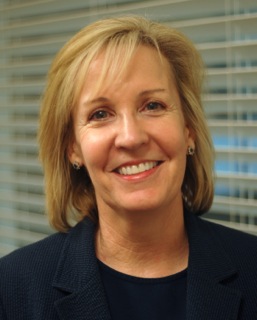Wonderful Branding
Wonderful Branding: The Wonderful Company’s Branding Success and Newest Citrus Discovery
By Charmayne Hefley, Associate Editor
A catchy brand can make or break a product, and the agriculture industry has begun to take note. David Krause, president of Wonderful Citrus, said their own successful branding—especially their Halos mandarins—is attributable to a variety of factors.
“We have an internal creative team that handles all of the design work and advertising,” Krause said. “Couple that with some very good consumer-based activities, significant funding in telling that message, and a good product that is satisfying to the consumer, and you have a complete, effective program.”
Aside from branding, Krause said Wonderful Citrus continuously looks for new crop varieties that will excite consumers in the future. Introducing new products is part of the company’s strategy to stay ahead of competition as well as increase their consumer base.
Wonderful’s newest discovery, seedless lemons, were found in another country,” Krause explained. “We have the exclusive rights to a few varieties, and at this point, we are growing trees in our nurseries,” said Krause. “ We’ll start marketing the product in the U.S. market within the next five to six years.”
Overall, Krause reports increased profits for many products. “I would argue demand and supply for many California crops seem to be in balance; that is, they are driving good returns for growers in spite of all the challenges that we face.”
_______________________
The Wonderful Company is the parent company of:
- Wonderful Pistachios & Almonds (formerly Paramount Farms)
- Wonderful Citrus (formerly Paramount Citrus)
- Wonderful Orchards (formerly Paramount Farming)
Well-known brands from The Wonderful Company are:
- Wonderful Pistachios #1 tree nut brand and one of the top-selling salty snacks in America
- Wonderful Halos #1 mandarin orange in America
- POM Wonderful #1 100% pomegranate brand in America
- FIJI Water #1 premium bottled water brand in America
- Teleflora #1 floral delivery service through local florists
- JUSTIN Wine #1 Cabernet Sauvignon in California
The company announced its name change to The Wonderful Company from Roll Global on June 1, 2015. This strategic move aligns the company’s long-standing passion for harvesting healthy and nutritious foods with its domestic and global consumers, as well as integrates its farming and distribution methods. The company grows, harvests, packages and delivers its produce to retail stores in a vertical structure to maintain high quality standards.























